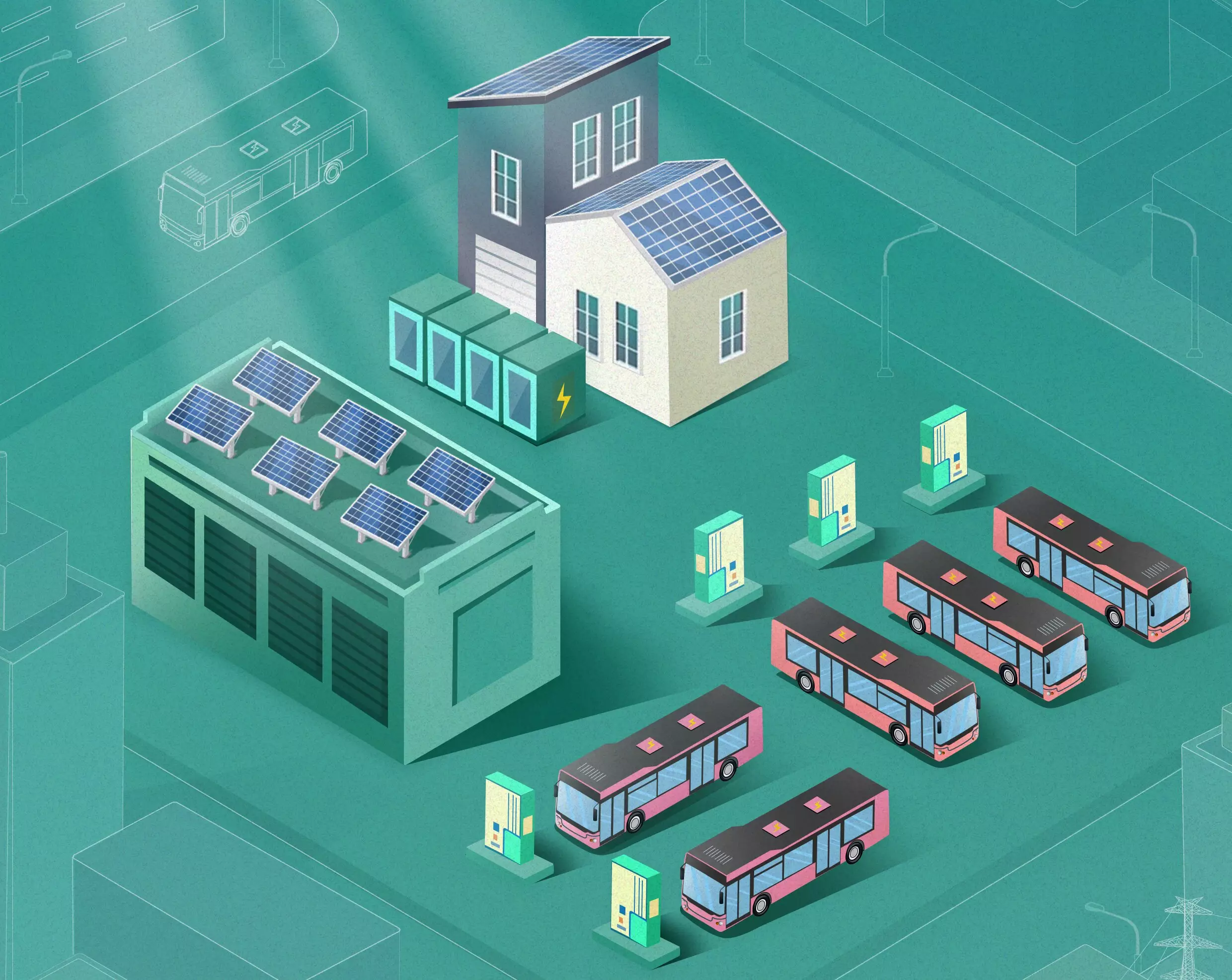The fight against climate change is compelling governments and corporations around the globe to reconsider their transportation strategies, with a notable pivot towards electrification. Particularly in urban areas, the adoption of electric vehicles (EVs), including electric buses, has gained traction as a method for reducing greenhouse gas emissions. Among the forefront nations in this transformation is China, which has initiated various projects to transition public transport to electric modalities. However, while the environmental benefits are compelling, the question arises: will this shift overwhelm existing electricity grids?
The Impact of Electrification on Energy Demand
A recent paper published in *Nature Energy* by researchers from Beihang University provides critical insights into the potential energy ramifications of adopting electric buses (EBs) within Beijing’s extensive public transport network. Co-author Xiaolei Ma emphasized the dual-edged nature of this electrification effort. The International Energy Agency reported an impressive surge in electric car sales, with close to 14 million units sold worldwide in a single year, accumulating a total of approximately 40 million electric vehicles on roads by 2023. While electric public transport can significantly cut fossil fuel use, it introduces new challenges: heightened demand for electricity, elevated operational costs, and the risk of straining grid capacities.
Navigating Renewable Energy Integration
To mitigate these challenges, the transition to electric buses must be paired with a strategic shift towards renewable energy sources. Earlier studies have explored the integration of photovoltaic systems (PVs) with EV charging infrastructure, but they often overlooked the specific implications of electric buses in urban ecosystems. Recognizing this gap, Ma’s team aimed to develop a framework that fuses data-driven and model-driven methodologies for incorporating solar PV and energy storage in urban transit networks. Their objective was to ensure a sustainable and economically viable model as electric transportation becomes more prevalent.
Research Methodology and Processes
The researchers conducted an in-depth analysis of Beijing’s public transportation system, gathering comprehensive data that included GPS trajectories, specifications of vehicles, and details from bus depots. They also factored in meteorological data like historical weather patterns and solar irradiance. This extensive dataset formed a robust foundation for their simulations, which envisioned a complete shift from traditional fuel buses to EBs across Beijing’s fleet. The simulation processed various factors, such as energy consumption rates for electric buses, the optimization of battery sizes, and strategic charging schedules.
To transform these traditional bus depots into renewable energy hubs, the team estimated solar PV generation potential. They aimed to amplify economic benefits associated with solar energy and energy storage by strategically optimizing the systems’ capacities in diverse market contexts.
The research spanned a projected 25-year period, originating in 2021 and extending to 2050. Among the key findings was an impressive reduction of the grid’s net charging load by 23% during periods of solar energy generation, with enhancements stemming from the integration of energy storage technologies. The addition of battery storage further magnified these reductions, suggesting these investments are not just viable but economically beneficial as well.
Despite the promising aspects of solar photovoltaic systems yielding 64% profits above operational costs, the inclusion of battery storage did diminish profit margins to 31%. This highlights a conundrum: while the grid benefits from stabilizing storage solutions, the economic trade-offs may require careful consideration by policymakers.
The insights obtained from this research carry significant implications that extend beyond Beijing, potentially influencing global strategies in other urban centers facing comparable energy demands. As cities worldwide strive to electrify their public transport networks, the research offers a blueprint for leveraging renewable energy to ease the burden on electrical grids. Ma suggests that similar frameworks can help administer public EV charging stations and other venues known for high energy consumption.
Furthermore, the findings advocate for urgent policy measures that speed the adoption of solar energy systems and energy storage solutions strategically located at transport hubs. This dual approach not only aligns with carbon reduction goals but also fortifies the reliability of the electricity supply as demands increase.
While the electrification of public transport presents remarkable opportunities for reducing carbon footprints, it requires a thoughtful integration of renewable energy sources to avoid straining electrical grids. The research from Beihang University highlights the interplay between transportation and energy systems, unveiling pathways toward sustainable urban mobility rooted in innovation and renewable energy. As cities look to navigate future mobility solutions, understanding and implementing these findings will be crucial in creating resilient and sustainable urban environments.


Leave a Reply